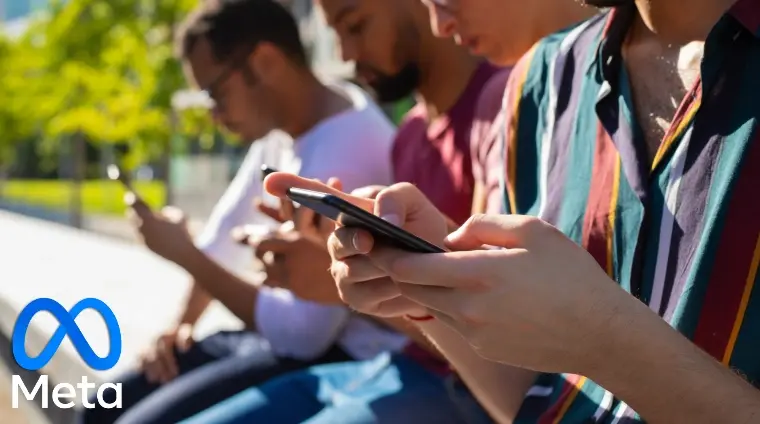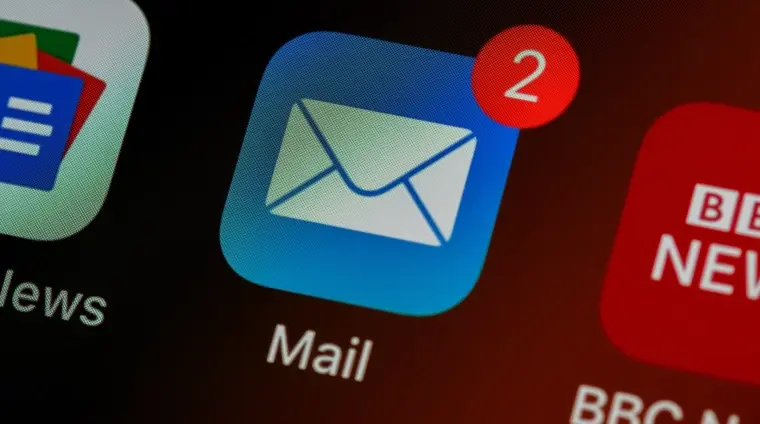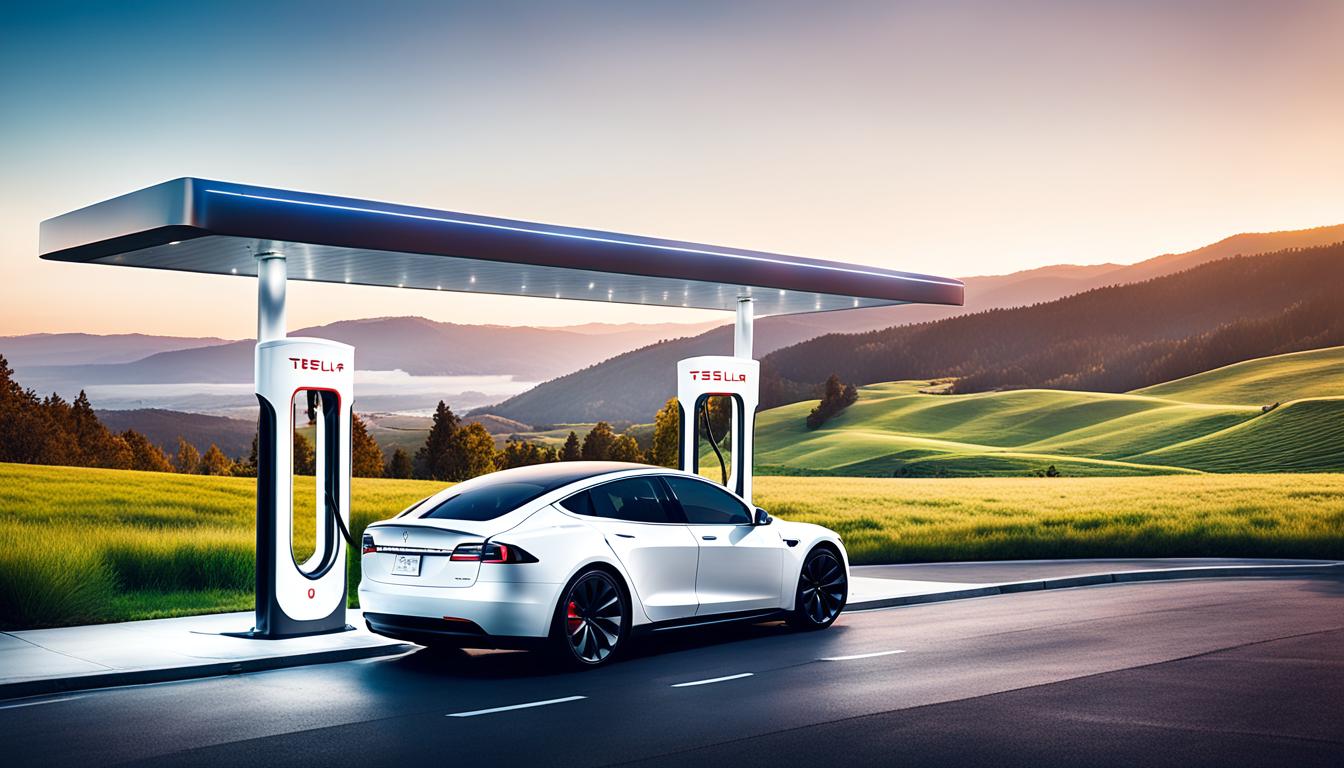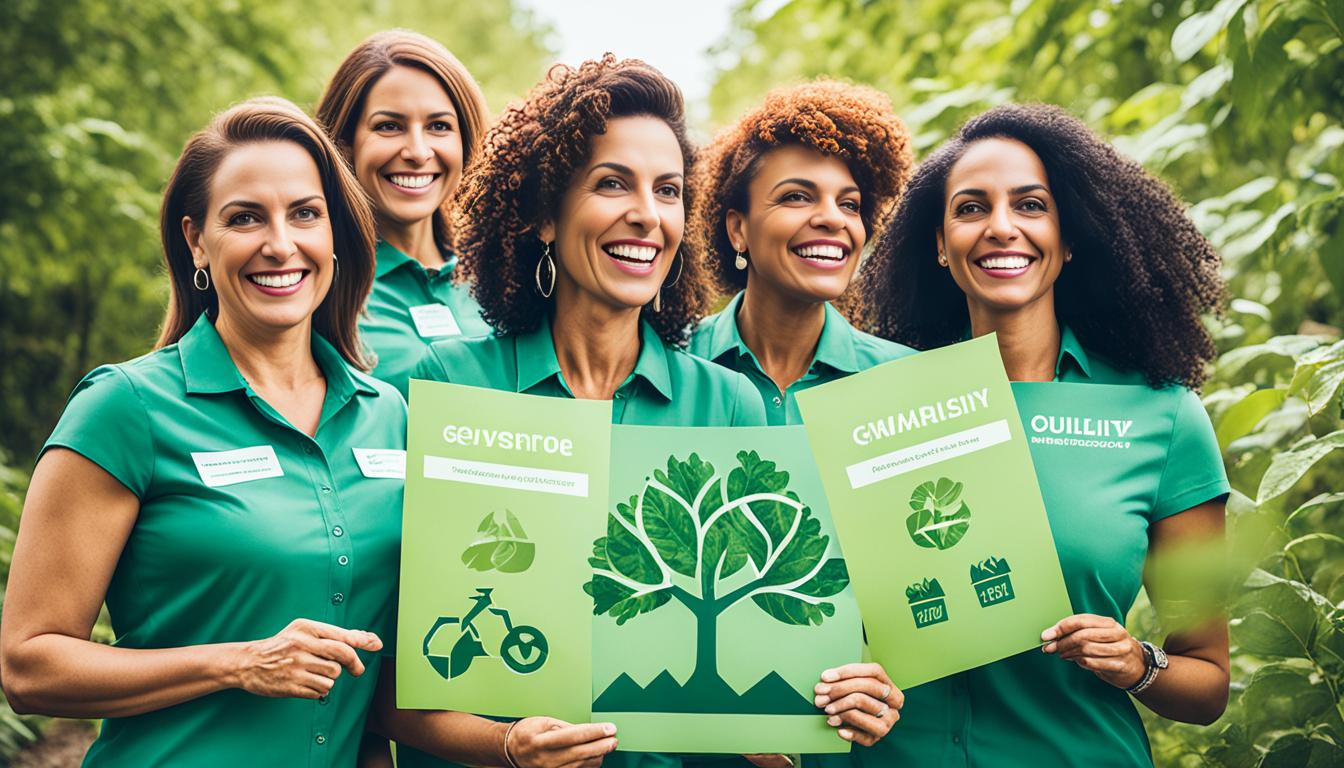Did you know over 77% of shoppers choose to buy from companies that help the planet? This shows how important it is for businesses to care. They are more aware of how their actions can make a difference. Now, some businesses show us how to do this really well. They are the ones setting high standards for all others.
Talking about doing good is becoming a big deal for companies. It’s not just about making money. It’s also about nonprofits getting more support from these responsible businesses. Many nonprofits wish they could work with such companies, but they don’t know how. Even the little guys have a chance to partner with those who care and help their cause. It’s an opportunity for everyone to grow together.
Key Takeaways
- Corporations are increasingly embracing CSR as a strategic priority, driving positive social and environmental impact.
- Leading companies like Microsoft, Patagonia, and Salesforce are pioneering innovative CSR initiatives that serve as models for responsible business practices.
- CSR partnerships offer nonprofits opportunities to diversify their funding streams and reach new donor audiences.
- Smaller organizations can also leverage CSR opportunities to support their missions and drive long-term growth.
- Transparency and reporting are crucial elements of effective CSR, helping companies demonstrate their commitment to social responsibility.
Defining Corporate Social Responsibility (CSR)
Companies used to focus mainly on making money and growing. They often forgot about their social and environmental duties. But, with climate change and social problems getting worse, people started asking for more from them.
The Evolution of CSR
Over the years, more companies have seen the value of CSR. They’re not just about making profits anymore. Some are now known as B Corporations or have a special social purpose. They aim to do good for society.
Why Brands Get Involved in CSR
CSR means companies look at how they affect society and the planet. They show what they’re doing through CSR reports. They measure success not just in profits, but in how they help the world. CSR has four key parts: being good for the environment, giving back, acting ethically, and doing well in business.
Benefits of CSR for Nonprofits
A study in the Journal of Consumer Psychology found that leading in CSR can make companies more valuable. The Boston Consulting Group says it can boost a company’s image for investors. CSR is also great for marketing, making employees happier, attracting top talent, and finding new ways to do business that help the planet.
Microsoft: Empowering Communities Through Technology
Microsoft is known worldwide for its tech. It uses this power for good, working on social responsibility. It helps people everywhere by using its knowledge and tools. This way, Microsoft makes a real difference.
Employee Volunteering Program
Microsoft’s Employee Volunteering Program is strong. It lets staff use work hours to help others. The company backs its people in giving back. Whether it’s helping kids or nonprofits, Microsoft’s team steps up.
Tech for Social Impact
Technology can change lives, and Microsoft knows it. The TechSpark initiative helps rural U.S. areas grow. It teaches digital skills and meets community needs. This effort, along with the Airband Initiative, helps more people get online affordably.
AI for Accessibility
Accessibility is crucial, so Microsoft focuses on helping everyone. Its AI for Accessibility program uses AI to make life better for those with disabilities. It teams up with groups like Mentra to help more people find work. These efforts break down barriers, making the world more inclusive.
Microsoft merges tech, eco-friendliness, and social work. This mix is changing the world for the better, making life fairer and more open for all.
Patagonia: A Pioneer in Environmental Activism
Patagonia leads the way in caring for our planet. It’s not just about selling clothes. The company works hard to be kind to the Earth. Plus, they stand up for green causes all over the world.
Patagonia is known for helping out with climate change and saving wild places. They work with small groups who fight for our environment. Amazingly, more than 85% of Patagonia’s stuff is made in places that treat workers fairly. This helps more than 75,000 people have better lives.
But that’s not all. They also have a special program for making cotton that doesn’t harm the planet. This program works with over 2,000 farmers who care about the Earth, too. And here’s something big: 1% of all Patagonia’s money goes to saving our planet. That’s a big deal and shows they really care.
Still, Patagonia faced troubles as it grew. In the early 2000s, they started using new, cheaper factories. This made it hard to keep an eye on everyone. By 2002, some places where they made stuff were hard to check on. This was because they had more and more factories making their clothes. And some of these places were sending work elsewhere in secret.
By the late 2000s, Patagonia worked to fix these problems. They decided to work more closely with fewer factories. This helped them see things clearer and make sure workers were treated well. Plus, in 2011, they started to really check on where their materials come from. They even taught their team how to spot human trafficking and stop it. That’s a big step and shows they’re trying to do better.
Patagonia lives and breathes Earth love. It’s a big part of their soul, not just their ads. People have noticed their hard work. They’re part of a big group, the Sustainable Apparel Coalition, with over 100 other companies. Together, these companies work to keep our planet and its people safe. Patagonia’s example encourages other big businesses to be green heroes, too.
Salesforce: The 1-1-1 Model for Giving Back
Salesforce leads the world in customer relationship management. It has shown a unique way of giving back through its ‘1-1-1 model.’ This model involves giving 1% of equity, 1% of products, and 1% of employee time to help others.
Volunteer Time Off
Salesforce knows that happy employees help others more. It lets its employees take time off work to volunteer. By doing this, they’ve given over 178,000 hours to charity. This helps local and global causes, showing Salesforce’s commitment to making a difference.
Promoting Diversity, Equality, and Inclusion
Salesforce cares about making the world a fairer place. It has given about $20 million to help with new technology in nonprofits and programs for young people. By doing this, Salesforce shows how important these values are. It leads the way for other companies to do the same, making society better for everyone.
Starbucks: Ethical Sourcing and Sustainable Practices
Starbucks works hard to get their coffee ethically. Their ‘Coffee and Farmer Equity (C.A.F.E.)’ program helps coffee farmers and ensures fair pay. It also cuts back on waste, aiming for a 50% reduction by 2030. This shows Starbucks cares about being a good business and protecting the planet.
Coffee and Farmer Equity (C.A.F.E.) Program
The C.A.F.E. Practices program makes sure coffee is grown in good ways. As of 2012, 90% of Starbucks’ coffee met these high standards. The company also spent over $70 million helping farmers grow coffee in eco-friendly ways over 40 years.
Sustainability Goals
Starbucks set big goals to help the planet. It wanted all its coffee to be sourced ethically by 2015, and it did it! Now, 99% of their coffee is sourced in a way that’s good for the planet and farmers. Plus, Starbucks plans to cut waste by half by 2030. It shows how serious they are about helping the environment.
More Sustainability Efforts
Starbucks doesn’t just stop at coffee. Its CHAI (Community Health and Advancement Initiative) program helped a lot of people. It made a positive difference for 75,000 folks in over 200 farming areas. This shows they’re working on many fronts to make the world better.
| Starbucks’ Ethical Sourcing and Sustainability Initiatives | Key Achievements |
|---|---|
| C.A.F.E. Practices Program |
|
| Sustainability Goals |
|
Citrix: Driving Positive Change Through Technology
Citrix leads in bringing about positive change using new tech and strong business goals. It aims for a world that’s fair for everyone and lasts. It uses digital tools to tackle big social problems.
The company backs its people in doing good in their local areas and helping out worldwide. Its staff gave nearly a million dollars to help colleagues and others in 2021. This shows how much they care about making a difference.
Citrix puts social responsibility in the heart of its business. It’s not just about doing good, but also about doing well in business. In 2021, its efforts added up to over $4 million and helped nearly 2,000 nonprofits.
How Citrix gives shows it’s serious about making the world better. The company, its employees, and special funds all pitch in. They also give to match what employees donate and support disaster relief. A big part of the money goes directly where it’s needed most.
It’s not just about the money for Citrix. It’s about helping in other ways, too. They’ve given millions of meals all over the globe. This shows their wide approach to caring for communities.
When India faced COVID-19’s second wave, Citrix didn’t stay silent. It gave over $140,000 to help, most from the company itself. This money was given by 88 caring people from Citrix.
Citrix doesn’t just say it’s here to help. It acts on that promise every day. Through giving, caring for the environment, and more, Citrix shows what true leadership means. It holds a torch for others to follow, using its tech, people, and care for the world.
Cisco: Bridging the Digital Divide
Cisco is a top name in networking and tech. It’s working hard to bring digital opportunities to everyone. With smart projects, it’s helping people who have fewer chances get involved and not miss out.
Cisco Networking Academy
The Cisco Networking Academy is key for them. It offers IT education and chances for millions worldwide. This initiative helps people learn important tech skills.
As a result, they can start exciting tech careers. This not only changes their lives but also helps their local economies.
Global Problem Solvers
Cisco knows technology can make big changes. That’s why they have the ‘Global Problem Solvers’ program to help. It works with nonprofits to find tech solutions for big issues.
Together, they make tools that help with education and healthcare in places that need it most. This is how Cisco is making a difference all over the world.
Cisco is active in over 44 countries, working on more than 1,100 projects. These efforts help with digital skills and resources in places that lack them.
By supporting education and nonprofits at the local level, Cisco is closing the gap. It’s paving the way for a future where everyone has a chance to thrive.
Unilever: Sustainable Living Plan
Unilever’s Sustainable Living Plan is a big strategy to tackle environmental and social issues. They aim to lower their impact on the planet and help societies thrive using earth-friendly methods. By making green products and reducing waste, they lead in eco-conscious practices within their industry.
They plan to cut down their net climate emissions and help nature bounce back. There’s also a big push to stop plastic from harming our planet and to pay fair wages to workers worldwide.
Their leader pushes for real change that goes far but is achievable. They’re putting solar energy to work and aiming for bold climate goals by 2030.
Unilever is pushing for a UN deal to stop plastic harm and focuses on fair pay for all. They are also setting new, stronger goals to be even more sustainable.
In 2012, Unilever made over €50 billion, growing in all areas. Their eco-friendly brands started growing twice as fast as the rest, boosting overall success. By 2015, they celebrated saving a million tonnes of CO2 and aimed to outdo that as they move towards positive carbon impact.
In 2017, they promised that all their plastic packages would be easy on the planet. And they said their whole fleet would be electric by 2030. By 2019, their facilities worldwide were running on 100% clean energy.
In 2019, Unilever’s leader warned of ‘woke-washing’, false claims of helping the world. The Sustainable Living Plan is proof of Unilever’s true dedication to sustainability and leading the consumer goods industry responsibly.
Tesla: Accelerating the World’s Transition to Sustainable Energy
Tesla wants to help the world move to eco-friendly energy fast. They work to make electric cars and solar energy popular. These actions help cut down on the use of harmful fuels and fight climate change. Beyond just making things, Tesla focuses on using less energy and more clean sources.
The company is leading the way to a greener planet with its new ideas and eco-friendly methods. They’ve built a big network of charging stations for their cars. Tesla also got SolarCity to help more people get solar energy.
Not everyone thought electric cars would sell, but Tesla proved them wrong. They sold more electric cars than any other company in 2018. By 2019, Tesla was worth more than General Motors, a big American car company.
Making eco-friendly cars cheap is important to Tesla. They met Elon Musk’s challenge by selling their Model 3 for $35,000 in 2019. Now, with cars like the Cybertruck at $40,000, they’re making green travel affordable for many.
Tesla is not just about cars. Their Powerwall in South Australia cuts energy costs a lot. Plus, their Solar Roof is a strong, green way to power your home. These show Tesla’s aim to give us top-quality, green energy choices.
The COVID-19 pandemic was tough, but Tesla keeps looking ahead. They’re launching new products like the Tesla Semi, Model Y, and Cybertruck. With Tesla worth about $393 billion, more than Toyota, they’re clearly making big waves.
| Key Tesla Milestones and Statistics | Figures |
|---|---|
| Supercharger Locations | Over 16,500 Superchargers at more than 1,800 locations |
| SolarCity Acquisition | $2.6 billion in 2016 |
| Ranking in Plug-in Car Sales | Number one in the world in 2018 |
| Market Capitalization | $53 billion in 2019, surpassing General Motors |
| Cybertruck Price | $40,000 |
| Powerwall Grid Service Cost Reduction | 90% in South Australia |
| Solar Roof Cost | $42,500 for a 2,000 square-foot house |
| Tesla’s Market Valuation (2023) | Around $393 billion |
Tesla is 100% committed to making the world cleaner. They do it with cool products and bold moves. Tesla is leading us to a future where our energy is clean and doesn’t harm the earth.
IBM: Harnessing Technology for Social Good
IBM is a leader in using its skills to make a positive impact on society. It shows this through the IBM Corporate Service Corps and the Call for Code program.
Corporate Service Corps
IBM’s Corporate Service Corps sends its staff worldwide. They address big social problems using tech and business skills. These teams partner with locals, nonprofits, and governments. Together, they create solutions that can be used widely and solve tough issues.
Call for Code
Call for Code gets developers to invent tech that helps in disasters. It uses open-source, cloud, and AI. This has led to apps that save lives during crises worldwide.
IBM’s efforts show deep care for society. They use their tech abilities to benefit people everywhere. It places them as a key player in using innovation for the greater good.
Google: Committed to Sustainability and Responsibility
Google is dedicated to running in a way that helps the planet. It aims to use only clean, carbon-free energy all day, every day by 2030. Already, Google has not added any new carbon pollution since 2007. Its support for green energy and environmental projects shows how serious they are about fighting climate change.
Carbon Neutrality and Renewable Energy
Google has big plans to lower its impact on the Earth. The goal is to cut in half how much pollution it makes by 2030, compared to 2019. They also make sure almost all the waste from their data centers doesn’t end up in landfills.
Google doesn’t stop with just itself. It tracks how much plastic it uses and reduces waste from products. This shows its push for a cleaner, circular economy.
Google.org: Supporting Nonprofits and Social Enterprises
Google’s arm for giving back, Google.org, helps change the world. It supports groups worldwide that use technology for good. These groups get money and help to fight big issues, using tech and smart solutions.
Sustainability has always been a key part of Google. It keeps getting better at helping the environment. And by setting a good example, it encourages other companies to do the same.
Emerging Trends in CSR
Many new trends are changing how companies do their part for society and the environment. They are moving towards including CSR in their main plans. This change is seen in things like letting employees volunteer and using new ways to connect with nonprofits.
Employee Volunteering Programs
Businesses realize involving staff in CSR work is beneficial. It’s not just about being socially responsible. This also boosts the work atmosphere, how happy employees are, and what people think about the brand. Encouraging staff to volunteer not only helps society. It also makes work more meaningful for them.
Chezuba: Facilitating Corporate-Nonprofit Connections
Chezuba is a new way for businesses to find and join forces with nonprofits. It helps employee volunteers connect with the right nonprofits. This makes for better CSR work. It strengthens the relationship between businesses and their communities.
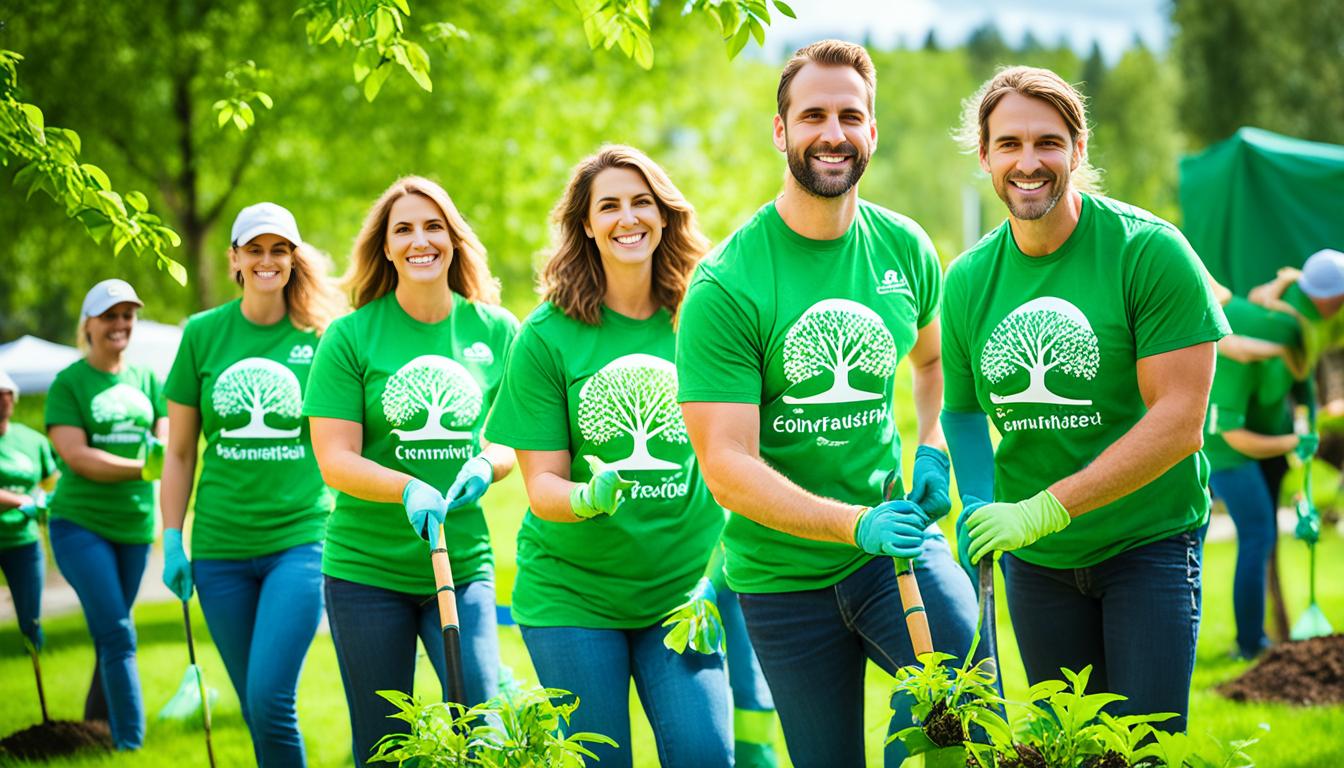
Social Responsibility: Leading Corporations Making a Difference
Ten companies are showing us how corporate social responsibility can work. They prove businesses can help the world and look after the environment. These companies blend social responsibility into their daily work. This makes both their stakeholders happy and the world a better place.
Microsoft is providing tech to help communities, and Patagonia is leading in protecting the environment. Salesforce created a unique ‘1-1-1 model’, and Starbucks ensures its coffee is sourced ethically. These companies are using their strength to better the world globally.
The focus on social responsibility is rising, with 70% of Americans wanting companies to improve the world. These businesses are at the forefront, making big leaps in sustainability and social good. People are not only buying what they sell but also supporting their values.
By connecting their business success to doing good, these corporations are reshaping their roles. They are more than just about profits. They are actively working to improve the planet and society. This is setting a new path where doing good helps a business do better.
Transparency and Reporting in CSR
Today, it’s crucial for companies to lead on ESG matters. They must also be transparent. This means being honest about steps to reduce carbon, meet Sustainable Development Goals, and create fairer economies after crises.
Every year, 3BL checks top U.S. companies’ ESG reports. This offers a roadmap for corporate social responsibility.
Clear CSR reports build trust and credibility with those involved. This includes customers, investors, and communities. Honest information shows a company’s role in social and environmental areas.
An active conversation about CSR helps improve future projects. It builds a stronger bond with those impacted and interested in the company’s work.
Using well-known standards like the GRI and SASB helps with reliable reporting. They give a solid base for talking about CSR efforts.
Setting clear goals and sharing data enhances report credibility. Facts like hiring numbers and charity work are key. This shows real commitment to making a difference.
Having outside experts check on data is key to honest reporting. Companies that value openness in their CSR work do better in many ways. They see where they can improve and stay in line with the rules.
Being clear about CSR actions makes companies more trustworthy. It creates real conversations and encourages better social and environmental efforts. People want to see businesses with real values and goals. This drives positive change and supports overall success.
Conclusion
Corporate social responsibility is now vital for companies. Giants like Microsoft, Patagonia, and Starbucks are leading the way. They show that helping society and the planet is good for business.
These companies are changing what it means to be a good corporate citizen. They help communities with tech, work to save our environment, and set new standards for giving back. They care about where their products come from and how they’re made. They also help connect more people through technology.
Now, more than ever, people want companies to do what’s right. Companies need to think about the planet and help others. By being open about what they do, and by focusing on good for the long haul, companies can win over customers and investors. They’re also making the world a better place to live in.
FAQ
What is Corporate Social Responsibility (CSR)?
Why do companies get involved in CSR?
How can nonprofits benefit from CSR partnerships?
What are some examples of companies leading in corporate social responsibility?
How are companies promoting employee engagement in CSR initiatives?
Why is transparency in CSR reporting important?
Source Links
- https://chezuba.net/blog/top-10-companies-leading-the-way-in-corporate-social-responsibility-csr
- https://donorbox.org/nonprofit-blog/best-socially-responsible-companies
- https://www.classy.org/blog/6-socially-responsible-companies-applaud/
- https://www.investopedia.com/terms/c/corp-social-responsibility.asp
- https://online.hbs.edu/blog/post/types-of-corporate-social-responsibility
- https://www.microsoft.com/en-us/corporate-responsibility/how-we-work
- https://www.microsoft.com/en-us/corporate-responsibility
- https://www.microsoft.com/en-us/corporate-responsibility/protect-fundamental-rights
- https://www.patagonia.com/social-responsibility/
- https://www.patagonia.com/our-footprint/corporate-social-responsibility-history.html
- https://www.salesforce.com/news/stories/how-far-can-the-1-1-1-model-go-this-tech-darling-has-a-unique-approach/
- https://medium.com/@vijayunogeeks/salesforce-1-1-1-b79fd56dd632
- https://www.salesforce.com/news/stories/giving-back-report-fy-2024/
- https://athome.starbucks.com/learn/how-we-approach-ethical-sourcing
- https://www.starbucksathome.com/gb/story/cafe-practices
- https://www.citrix.com/content/dam/citrix/en_us/documents/about/final-csre-book-citrix-year-in-review-2021.pdf
- https://www.citrix.com/blogs/2024/05/28/embrace-efficiency-and-sustainability-with-citrix-daas-and-azure-hibernation/
- https://blogs.cisco.com/csr/digital-inclusion-how-cisco-is-bringing-connectivity-to-communities
- https://blogs.cisco.com/csr/how-world-possible-is-using-technology-to-inclusively-bridge-the-digital-divide-to-help-teachers-and-students
- https://www.unilever.com/sustainability/
- https://www.unilever.com/our-company/our-history-and-archives/2010-2020/
- https://harbert.auburn.edu/binaries/documents/center-for-ethical-organizational-cultures/cases/tesla.pdf
- https://energyindustryreview.com/analysis/teslas-mission-accelerating-worlds-transition-to-sustainable-energy/
- https://www.greencars.com/expert-insights/teslas-quest-for-sustainable-energy
- https://www.ibm.com/blog/category/social-impact/
- https://www.ibm.com/blog/harnessing-the-power-of-data-and-ai-to-operationalize-sustainability/
- https://www.ibm.com/blog/for-the-planet-and-people-ibms-focus-on-ai-ethics-in-sustainability/
- https://sustainability.google/operating-sustainably/
- https://sustainability.google/
- https://www.investopedia.com/ask/answers/011215/what-are-top-trends-corporate-social-responsibility.asp
- https://www.goodera.com/blog/corporate-social-responsibility-trends
- https://www.unitedwayoc.org/blog/corporate-social-responsibility-the-top-csr-trends-for-2024/
- https://online.hbs.edu/blog/post/corporate-social-responsibility-statistics
- https://doublethedonation.com/csr-reporting/
- https://ebizfiling.com/blog/transparency-is-csr-reports/
- https://www.forbes.com/sites/forbesbusinesscouncil/2020/11/18/the-growing-importance-of-social-responsibility-in-business/
- https://www.linkedin.com/pulse/how-corporate-social-responsibility-helps-countrys-economy-sheorain





